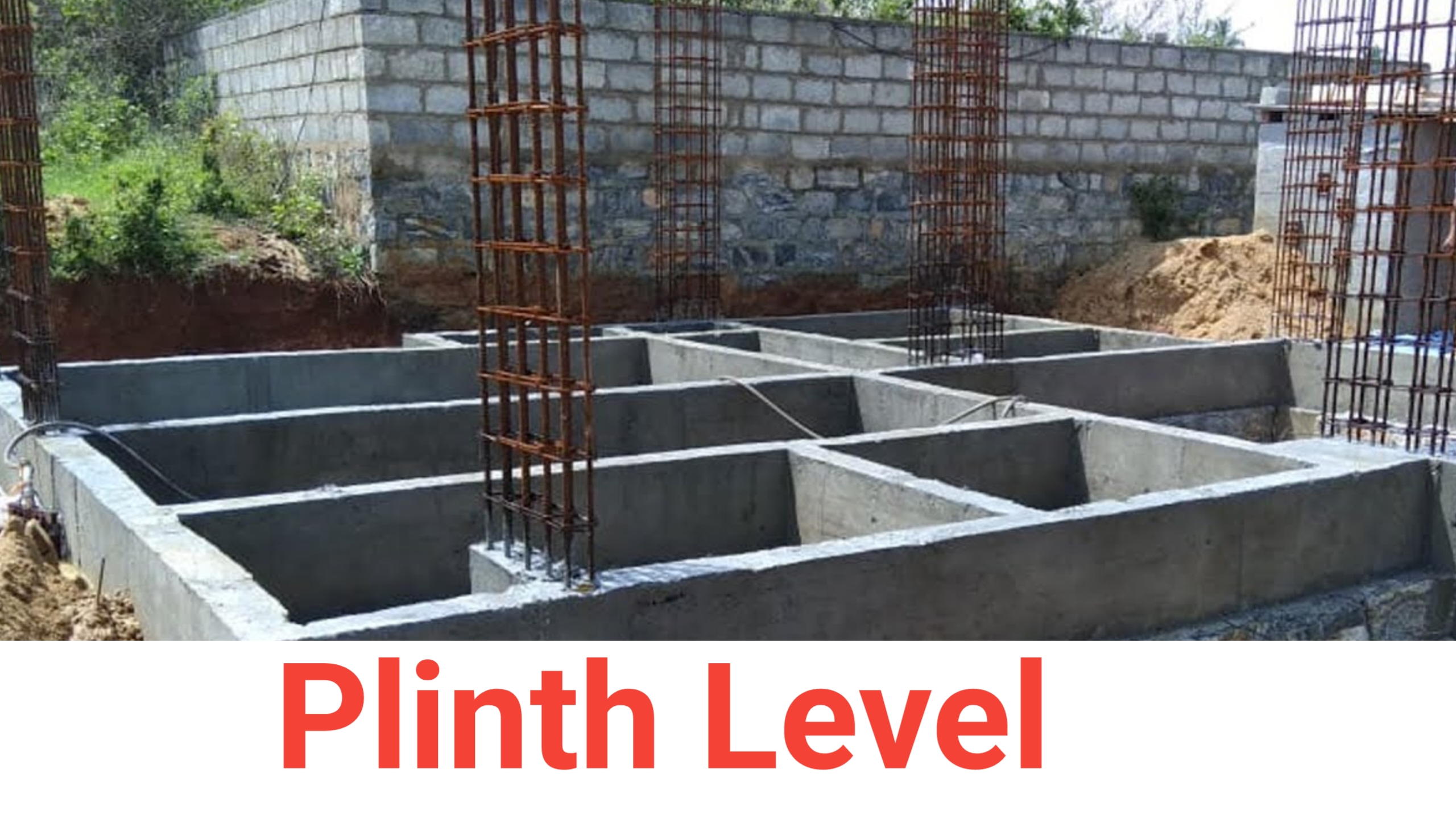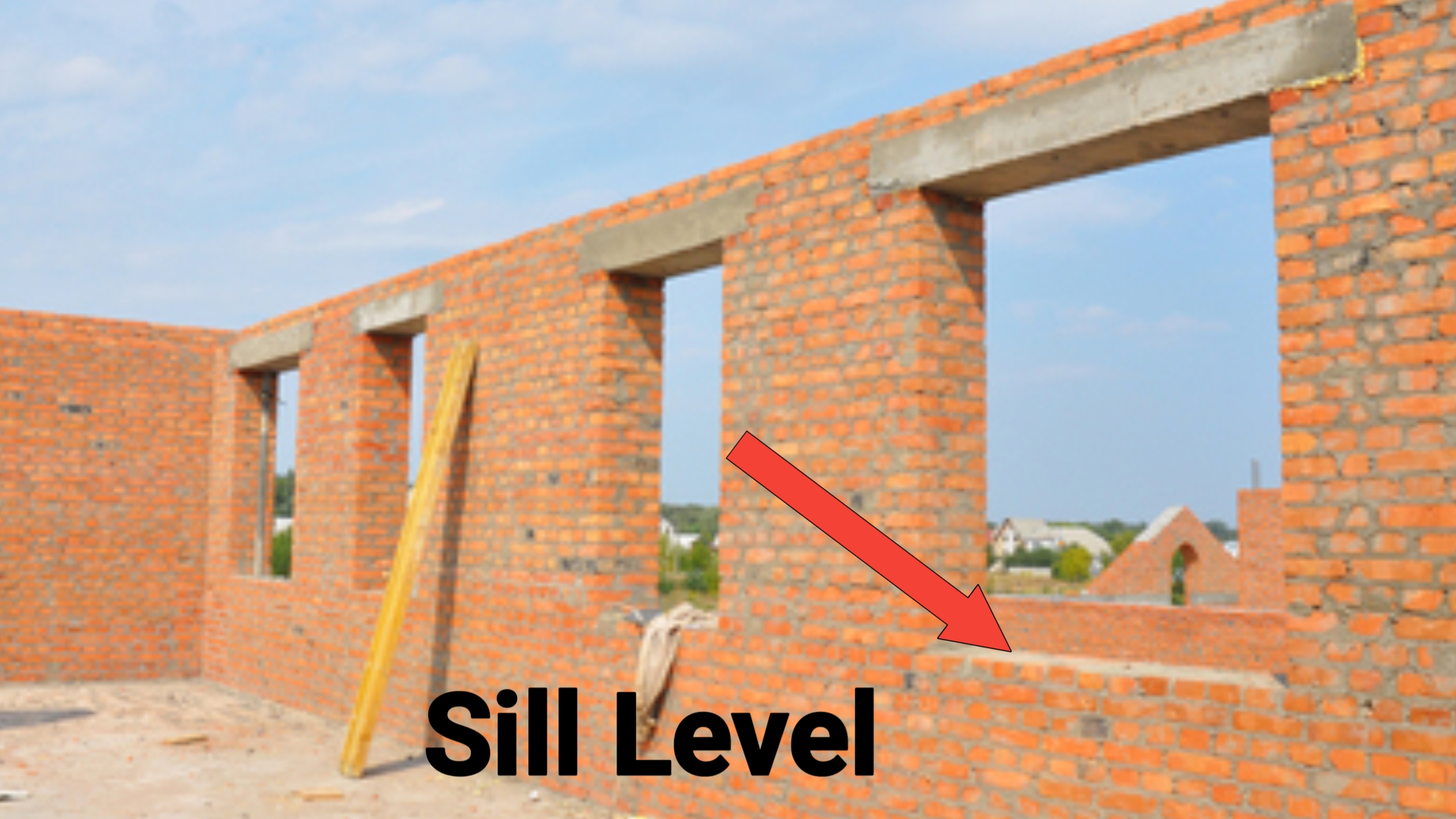Hello friends in this article, we are going to tell about Difference between Plinth Level, Sill Level and Lintel Level so you read this article carefully to get full knowledge and clear doubts about it.
Different types of level in the Building.
1. Natural Ground Level (NGL)
2. Floor Finishing Level (FFL)
3. Existing Ground Level (EGL)
4. Plinth Level
5. Sill Level
6. Lintel Level
1. Natural Ground Level
 Natural Ground Level (NGL) is the height of the earth’s surface in a specific location as it naturally exists, without any changes made by human activities like digging, building, or filling. It’s the untouched, original level of the land.
Natural Ground Level (NGL) is the height of the earth’s surface in a specific location as it naturally exists, without any changes made by human activities like digging, building, or filling. It’s the untouched, original level of the land.
2. Floor Finishing Level
 Floor Finishing Level (FFL) is the final height of the floor surface after all the finishing materials, such as tiles, carpet, or wood flooring, have been installed. It represents the completed, usable surface of a floor in a building.
Floor Finishing Level (FFL) is the final height of the floor surface after all the finishing materials, such as tiles, carpet, or wood flooring, have been installed. It represents the completed, usable surface of a floor in a building.
1. Current Surface: It is the present height of the earth’s surface.
2. Human Changes Included: It includes any modifications made by human activities like construction or excavation.
3. Altered State: Represents the altered state of the land from its original condition.
4. Reference Point: Used as a reference for planning and construction projects.
4. Plinth Level
 Plinth Level is the height of the base of a building above the ground. It is the level at which the ground floor of a building starts, providing a raised platform that helps protect the building from water, dampness, and dirt.
Plinth Level is the height of the base of a building above the ground. It is the level at which the ground floor of a building starts, providing a raised platform that helps protect the building from water, dampness, and dirt.
7. Sill Level
 Sill Level is the height at which the bottom edge of a window is set in a building. It marks the lowest part of a window opening.
Sill Level is the height at which the bottom edge of a window is set in a building. It marks the lowest part of a window opening.
6. Lintel Level
 Lintel Level is the height at which the top edge of a door or window opening is set in a building. It marks the position where a horizontal beam (called a lintel) is placed to support the structure above the opening.
Lintel Level is the height at which the top edge of a door or window opening is set in a building. It marks the position where a horizontal beam (called a lintel) is placed to support the structure above the opening.
Also read- What is difference between plinth Level, Sill Level and Lintel Level
Also read 1- types of door frames


1 thought on “Difference Between Plinth Level, Sill Level and Lintel Level (2024)”